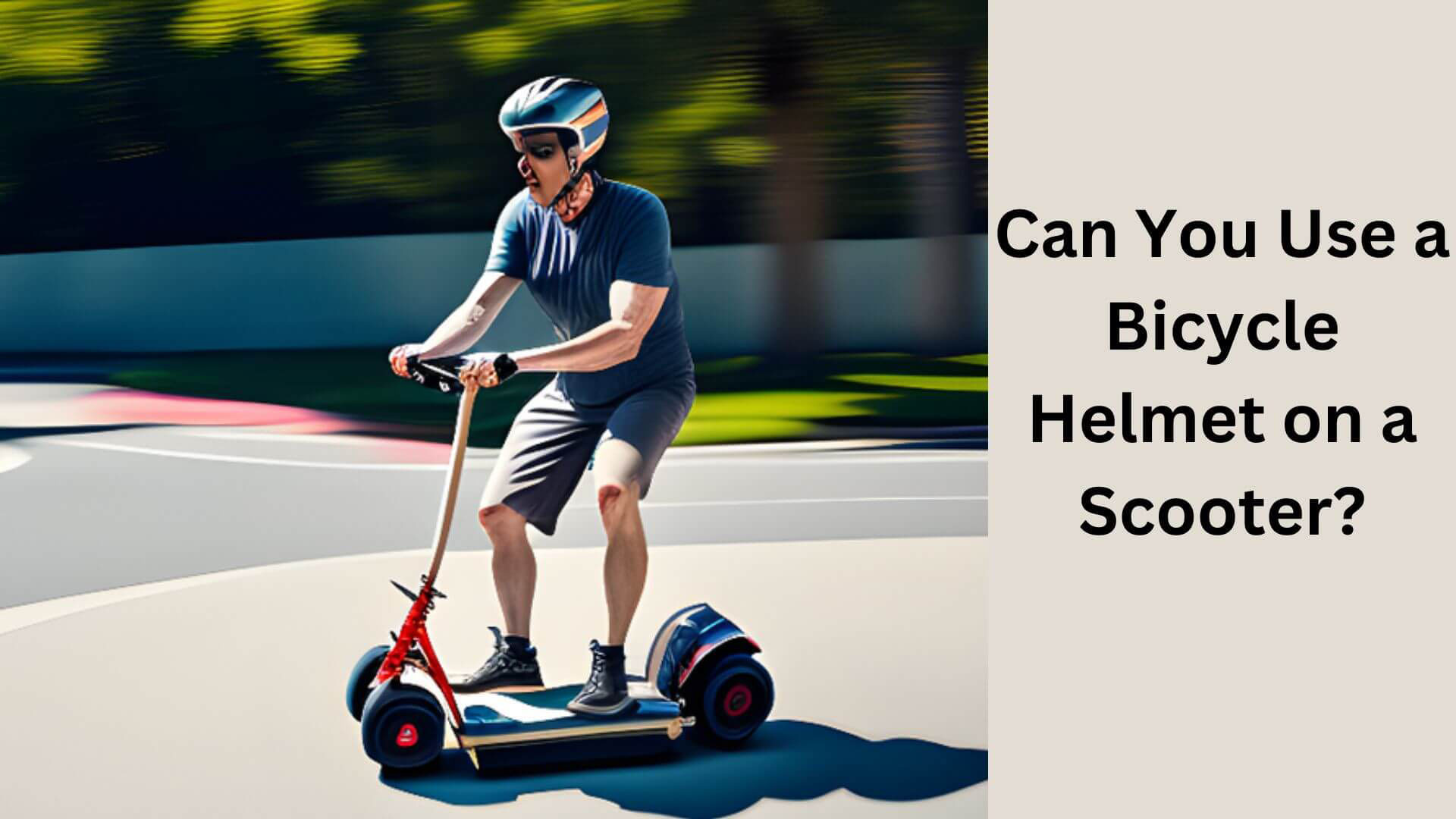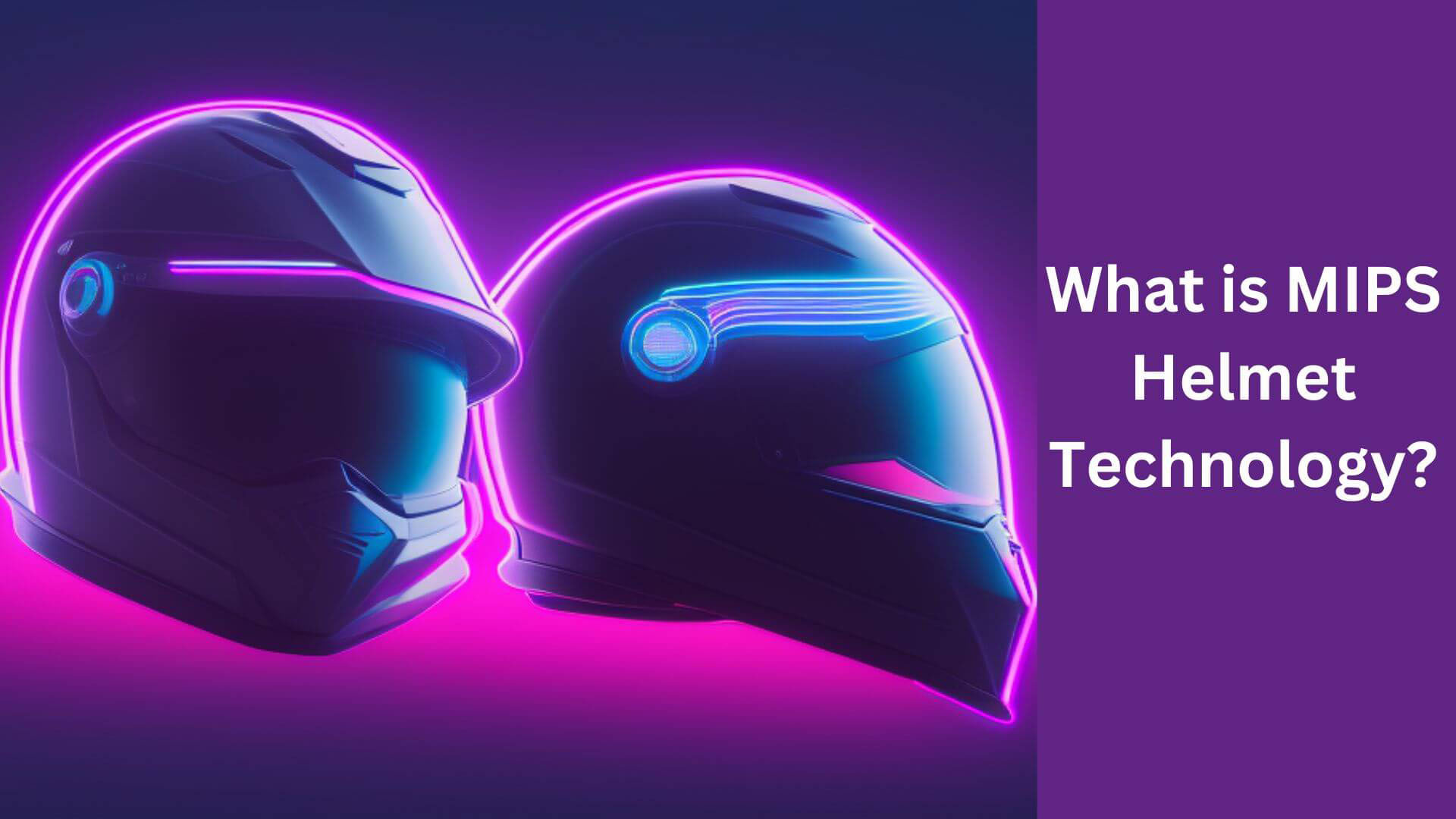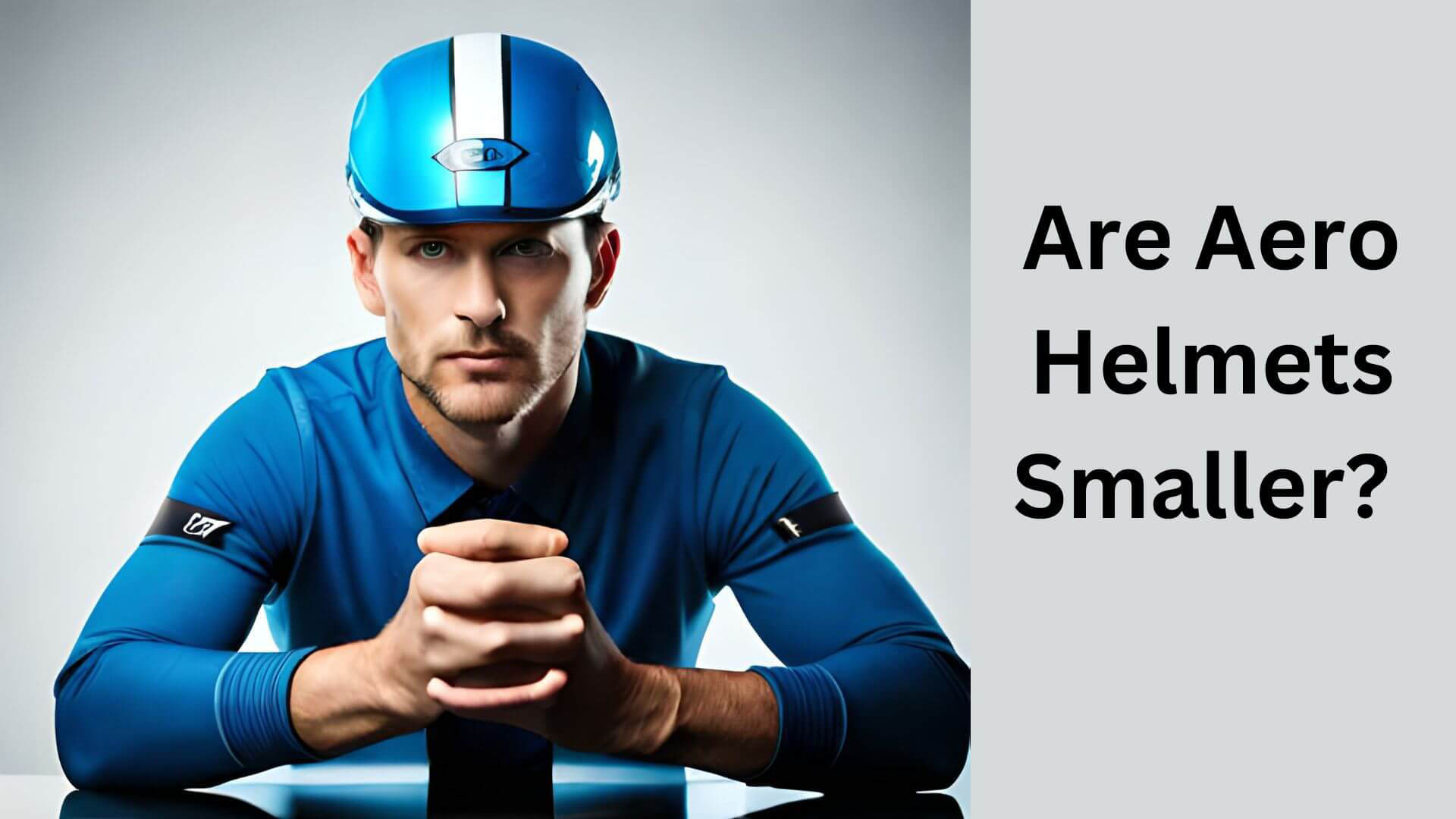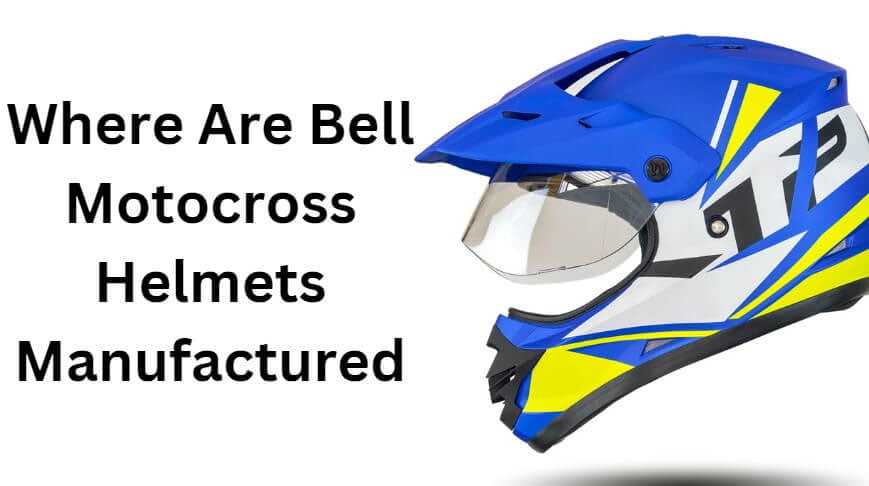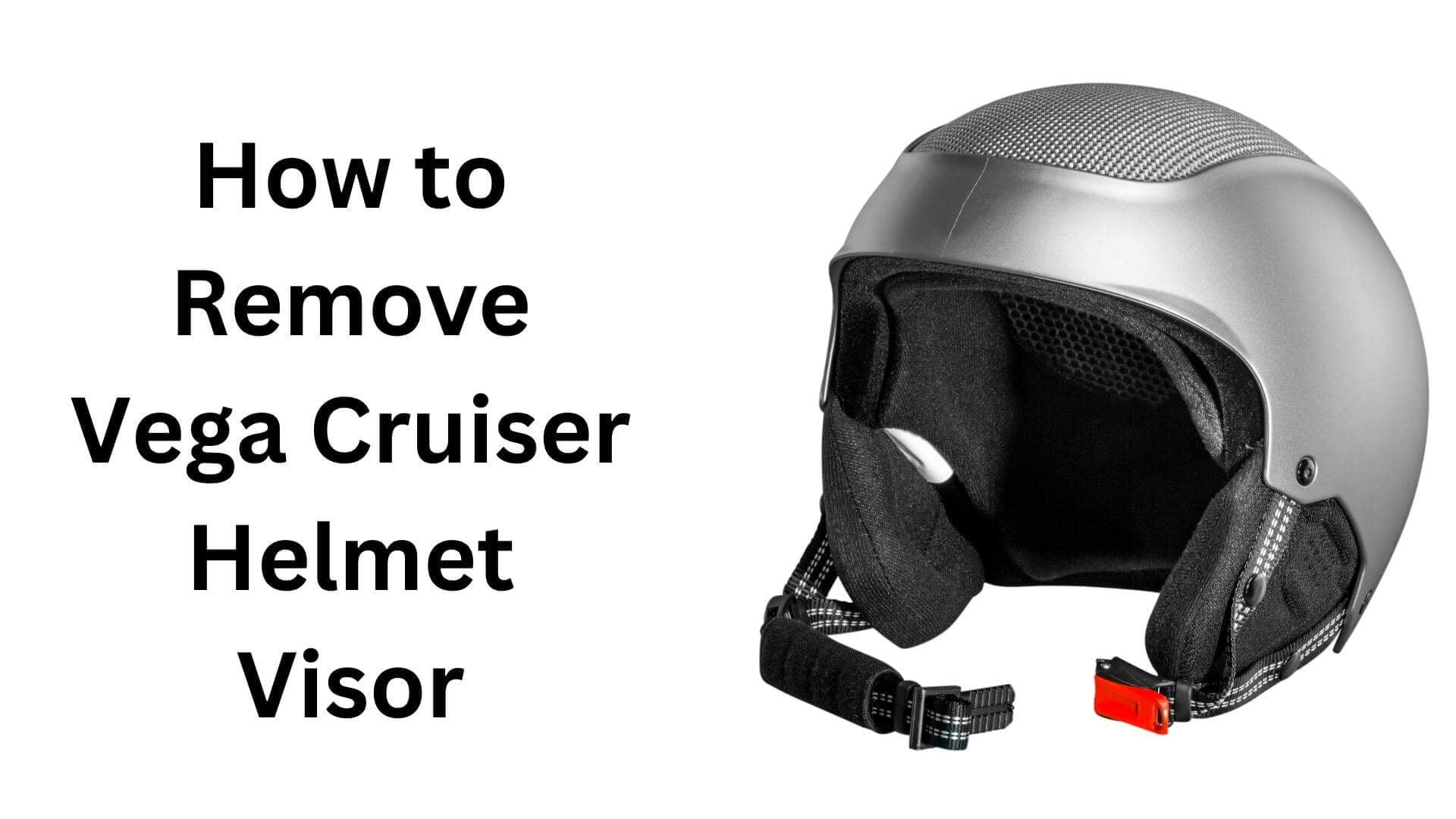How Fast is a Welding Helmet? Balancing Safety and Efficiency

A welding helmet is incredibly fast, typically taking less than 1/20,000 of a second to darken after exposure to welding light. This rapid response time ensures that a welder’s eyes are well-protected from the harmful effects of intense light.
Welding helmets have come a long way from their predecessors, which were made of tough leather and could only provide limited protection from welding light.
While modern welding helmets are significantly safer and more efficient, they still require regular maintenance to ensure they function correctly.
In this article, I’ll explore the features and benefits of welding helmets and provide tips for taking care of your helmet to ensure it stays in good working condition.
Whether you’re a professional or an amateur welder, a high-quality welding helmet ensures your safety and efficiency.
Understanding The Speed Of Welding Helmets
As a welder, you know that your welding helmet plays a vital role in protecting your eyes and face from the sparks and light emitted while welding. With advancing technology, welding helmets have improved, providing faster reaction times and better shade adjustment speed.
Introduction To Welding Helmets And Their Importance
Welding helmets are a crucial part of every welder’s protective equipment. Not only do they protect your eyes and face from the bright light and sparks produced while welding, but they also help you see clearly. Welding helmets play a significant role in ensuring your safety and the quality of your work.
Factors That Affect The Speed Of Welding Helmet Reactions
Several factors influence the speed of welding helmet reactions. These include:
- Lens type
- Sensors and their placement
- Shade adjustment speed
- Delay and sensitivity settings
Let’s look at each of these factors in more detail.
1. Lens Type
The type of lens used in your welding helmet plays a crucial role in reaction time. Two types of lenses are used in welding helmets: auto-darkening and passive.
The auto-darkening lens is more responsive and provides better protection than passive lenses, which require you to flip them down before starting your weld.
2. Sensors And Their Placement
The number and placement of the sensors in your welding helmet can affect its reaction time. Generally, the more sensors a helmet has, the better its reaction time. Sensors are usually placed in the helmet’s front, top, and sides to detect the welding arc’s light.
3. Shade Adjustment Speed
The shade adjustment speed is how quickly your welding helmet switches from golden to dark when you start welding.
The faster it switches, the better protection it provides to your eyes and face. Some welding helmets come with adjustable shade settings, allowing you to set the helmet’s light and dark states to your preference.
4. Delay And Sensitivity Settings
The delay and sensitivity settings on your welding helmet determine how long it takes to switch from a dark state to a light state when you are done welding. Sensitivity settings determine how much light your welding helmet needs to darken.
These settings are essential in ensuring your comfort and safety while you weld.
The speed of welding helmet reactions is determined by several factors such as lens type, sensors and their placement, shade adjustment speed, and delay and sensitivity settings.
These factors determine the level of protection your welding helmet provides and the quality of your welding work.
As technology advances, you can expect welding helmets to become more responsive and provide better protection.
Read More: How to Change Batteries in a Welding Helmet?
Different Types Of Welding Helmet Lenses
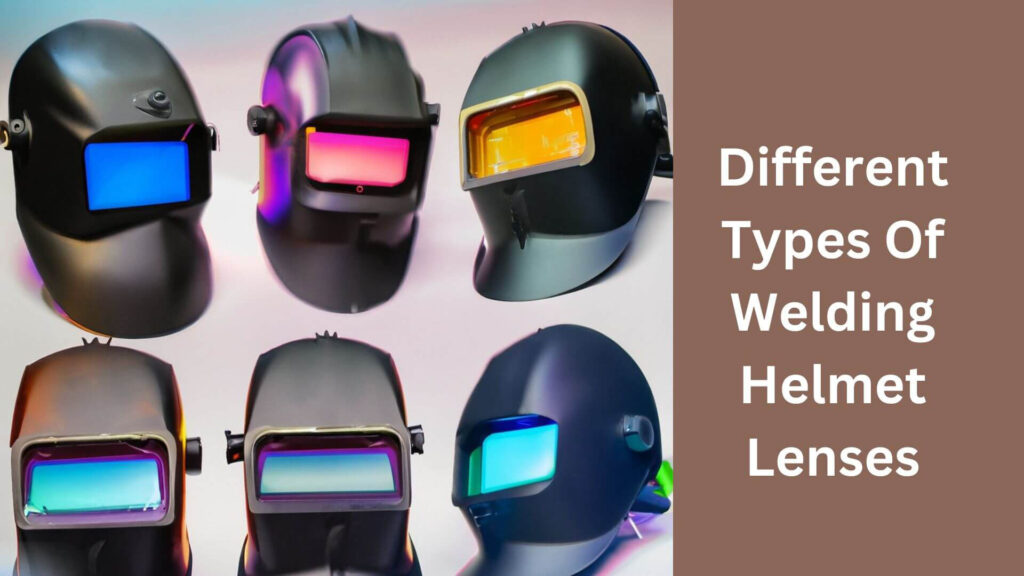
When welding helmets, the speed at which they darken is crucial. A welding helmet with a slow reaction time could lead to eye strain, while faster helmets can cause less fatigue. We will discuss the different welding lens types and their reaction times.
1. Auto-Darkening Lenses And Their Reaction Time
An auto-darkening lens is the most commonly used welding lens, favored for its speed and ease of use. These lenses have a built-in sensor that detects an arc and quickly darkens to protect the welder’s eyes.
They are the fastest option, with a reaction time of 1/20,000th of a second.
2. Fixed Shade Lenses And Their Reaction Time
Fixed shade lenses are older welding lens that is becoming less common. These lenses have a fixed shade value and don’t darken or lighten in response to the arc’s brightness.
They require the welder to lift and lower the helmet each time they strike or stop welding. The reaction time of these lenses is slower than auto-darkening lenses, as they rely on the welder to adjust the helmet.
3. Comparison Between Auto-Darkening And Fixed Shade Lenses
Auto-darkening lenses are quicker and more convenient, as they adjust automatically to the arc’s brightness. In contrast, fixed shade lenses require the welder to manually adjust the helmet, which can be time-consuming and potentially dangerous. However, fixed shade lenses offer a more affordable option for those on a budget.
Pros And Cons Of Each Type Of Lens
Here are the pros and cons of each type:
1. Auto-Darkening Lenses
Pros:
- Faster reaction time, reducing eye strain and fatigue
- Convenient and easy to use
- Offers more protection than fixed shade lenses
- The ability to see clearly when not welding
Cons:
- More expensive than fixed shade lenses
- Requires battery replacement
- May have compatibility issues with welding machines
2. Fixed Shade Lenses
Pros:
- An affordable option for those on a budget
- No battery requirement
- Simple to use
- No compatibility issues with welding machines
Cons:
- Slower reaction time, increasing eye strain and fatigue
- It is inconvenient and time-consuming to adjust the helmet after the welding stops
- Offers less protection than auto-darkening lenses
- Poor visibility when not welding
Welding helmet lenses play a critical role in protecting the welder’s eyes. Auto-darkening lenses are the preferred option, with their fast reaction time and ease of use.
However, fixed shade lenses offer an affordable alternative for those on a budget. Ultimately, the lens choice should be based on the welder’s needs, preferences, and budget.
How To Measure The Speed Of A Welding Helmet?
Welding helmets are an essential part of a welder’s kit. The primary function of a welding helmet is to protect the welder’s eyes from bright light, sparks, and UV radiation.
Welding helmets have come a long way from their early days, and modern helmets offer a range of features, such as adjustable shades, auto-darkening lenses, and high-impact resistance.
One of the critical aspects of a welding helmet is its speed. In this blog post, we will discuss how to measure the speed of a welding helmet.
Overview Of Standardized Testing Procedures:
There are various standardized testing procedures to measure the speed of a welding helmet. These tests determine how quickly a welding helmet responds to changing light conditions. The tests include the following:
- Drop ball test
- Penetration test
- High-velocity test
- Coverage test
Explanation Of Ansi Z87.1 Standard:
The ansi z87. 1 standard is used to certify personal protective equipment (PPE) safety, such as welding helmets. The standard specifies the requirements for people to ensure the equipment is safe.
The ansi z87. 1 standard requires welding helmets to comply with specific impact resistance and optical clarity standards.
Methods That Can Be Used To Measure A Welding Helmet’s Speed In Real-World Scenarios:
While standardized testing is essential to ensure that welding helmets are safe, real-world scenarios can differ. Two methods can be used to measure a welding helmet’s speed in real-world scenarios:
- High-speed camera recordings: High-speed cameras can record a welding helmet’s response time in real-world scenarios. This method provides an accurate measurement of a welding helmet’s speed.
- Stopwatch testing: Stopwatch testing involves measuring the time it takes for a welding helmet to change from light to dark.
While this method is less accurate than high-speed camera recordings, it reasonably estimates a welding helmet’s speed.
Performance In Different Welding Applications:
Different welding applications require different levels of helmet speed. For example, welding with tig requires a faster response time when compared to mig welding.
Welding helmets are designed to cater to specific welding applications, and it is crucial to pick the fitting welding helmet for the job.
Measuring the speed of a welding helmet is crucial to determine its effectiveness in protecting the welder’s eyes.
Different testing procedures and standards ensure that welding helmets are safe. In real-world scenarios, high-speed camera recordings or stopwatch testing can be used to measure a welding helmet’s speed.
Lastly, picking the fitting welding helmet for the job is essential to ensure the welder’s safety.
Read More: How to Change Lens in Welding Helmet? Lens Swap 101
Understanding The Importance Of Fast Reaction Times
Welding helmets are essential tools that protect welders’ eyes and face from ultraviolet (UV) radiation, sparks, and metal debris.
Choosing the fitting welding helmet with the fastest reaction time can improve welding efficiency and safety.
Here I will discuss the importance of fast reaction times for welding helmets and the benefits of choosing one that can meet your welding needs.
1. Fast Reaction Times Can Improve Welding Efficiency And Productivity
The reaction time of a welding helmet is a crucial factor in determining the speed and quality of a welder’s work. A welding helmet with a fast reaction time can help welders achieve better results, as they can see the workpiece immediately after striking an arc.
Here are the key points:
- Fast-reacting welding helmets increase the productivity of welders by reducing their downtime between welds.
- The best welding helmets with the fastest reaction times immediately darken upon detecting the arc, which minimizes the time between striking the arc and beginning the weld.
- Welders can work faster and produce more welds per hour using a helmet with a fast reaction time.
- Welders experience less eye fatigue and strain, leading to better performance and less time taken to rest between welding sessions.
2. Safety Benefits Of A Fast-Reacting Welding Helmet
In addition to improved efficiency and productivity, a welding helmet with a fast reaction time also provides enhanced safety benefits that come with decreased exposure time to harmful UV radiation. Here are the key points:
- Welding helmets with fast reaction times only require milliseconds to darken, which benefits the welder’s eyes and face.
- Less exposure time to UV radiation helps protect welders’ skin and eyes from damage and reduces the risk of skin cancer or other post-welding health complications.
- A fast-reacting helmet ensures that the welder will always work with the proper shade level, negating the need for adjustments during welding sessions. This eliminates the risk of accidents and injury.
- A fast-reacting welding helmet provides immediate visibility, reducing the likelihood of welding mistakes and improving weld accuracy.
3. Drawbacks Of Slow Welding Helmet Reaction Times
The reaction time of a welding helmet greatly influences the welder’s safety, productivity, and job satisfaction. A welder must know the drawbacks of a slow helmet reaction time to make informed decisions when selecting one. Here are the key points:
- Welding helmets with slow reaction times can cause painful eye strain and fatigue, making the welder ineffective.
- A helmet with a slow reaction time can cause welder injury while they are waiting for the lens to darken.
- Slow reaction times can reduce the accuracy of welds and the quality of work, leading to poor job satisfaction for welders.
- Helmets with slow reaction times can negatively impact a welder’s productivity by increasing downtime between welds, leading to missed deadlines and decreased work output.
Choosing a welding helmet with the fastest reaction time possible is essential to enhance welders’ safety, productivity, and job satisfaction.
A fast-reacting helmet reduces the likelihood of injury, provides immediate visibility and shade protection, removes the need for frequent adjustments, and helps welders complete their work faster.
Remember to research, get the necessary safety gear, and make informed decisions when choosing a welding helmet with the best reaction time for your welding needs.
How To Choose The Right Welding Helmet For Your Needs?
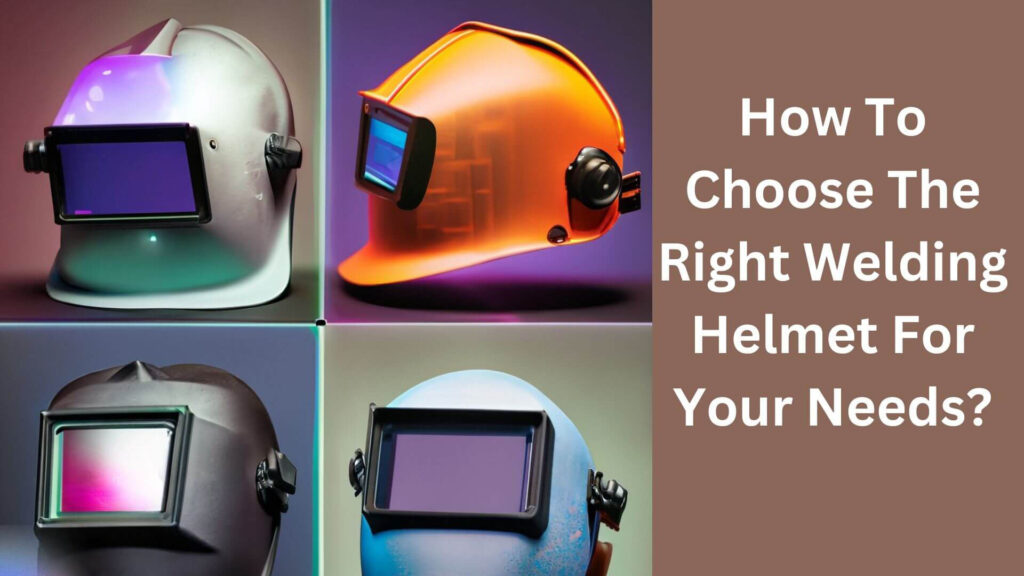
Choosing a fitting welding helmet is crucial for safety and productivity. Here are some factors to consider before making a purchase.
1. Factors To Consider When Selecting A Welding Helmet
Welding helmets are essential to every welder’s safety and comfort. Choosing a suitable welding helmet can be overwhelming due to numerous factors. Here are some factors to consider when selecting a welding helmet that is right for you:
- Type of welding being performed
- Comfort and fit
- Price range and budget
- Lens reaction time and shade adjustment capabilities
2. Type Of Welding Being Performed
The type of welding being performed should be the first consideration when purchasing a welding helmet.
Different types of welding have different brightness levels, which means that only some helmets are suitable for all welding operations. Here are some types of welding helmets to choose from:
- Auto-darkening welding helmets
- Passive welding helmets
- Solar-powered helmets
- Battery-powered helmets
3. Comfort And Fit
It is essential to ensure your welding helmet fits and feels comfortable when purchasing it. This consideration ensures that the helmet provides the necessary protection and prevents discomfort. Here are some critical features of a comfortable and fitting welding helmet:
- Headgear adjustability
- Lightweight materials
- Comfortable sweatbands
4. Price Range And Budget
Welding helmets come in different price ranges, so sticking with your budget when selecting one is essential.
While many helmets come with advanced features, they can also come at higher costs. Here are some types of helmets to consider for different budgets:
- Economical helmets
- Mid-range helmets
- Expensive helmets
5. Lens Reaction Time And Shade Adjustment Capabilities
The helmet’s lens reaction time and shade adjustment capabilities are among the most important factors to consider. The reaction time is the time it takes the helmet to turn from light to dark. Here are some welding helmet types with fast reaction times:
- Miller digital Infinity series helmets
- Lincoln Viking 3350 series helmets
- Esab sentinel a50 welding helmets
Investing in a good welding helmet ensures your welding operations’ safety, comfort, and productivity. You can enjoy the benefits of a high-quality product for years by choosing the fitting helmet for your needs.
Read More: How to Put Band in Welding Helmet?
Frequently Asked Questions On How Fast Is A Welding Helmet
How Fast Does A Welding Helmet Switch Between Modes?
Most welding helmets switch between modes in 1/20,000th of a second to protect your eyesight.
What Is The Fastest Switching Helmet Technology Available?
The fastest-switching helmet technology available is called the “auto-darkening” helmet. It switches in less than a millisecond.
Are Auto-Darkening Helmets Only Used For Welding?
No, they can be used in other industries like construction, manufacturing, or any other industries with bright light surroundings.
Can Wear A Slow-Welding Helmet Affect Eyesight?
Yes, slow-welding helmets can expose the eyes to UV and irradiation. In the long run, it can lead to eyeight damage.
Can A Faster Helmet Make The Welding Process More Efficient?
Yes, a faster auto-darkening helmet can prevent frequent stops or interruptions, thus increasing welding efficiency.
Final Verdict
After reviewing the different factors contributing to the speed of a welding helmet, it is clear that the lens type, response time, and overall quality are essential.
If you are a professional welder who needs to work in a fast-paced environment, choosing a helmet with a quick response time and adjustable controls might be the right choice.
On the other hand, if you are a beginner or occasional welder, a lower-speed helmet with auto-darkening features might suit you better.
Investing in a welding helmet that meets your needs and requirements and provides a safe and comfortable welding experience is essential.

Hey, I’m Hrithik Hossain. I am the head of helmethacks.com, which specializes in safety helmets. I am looking to connect with anyone interested in purchasing a helmet or who has any questions about different types of helmets. I have over 8 years of experience as a helmet expert, and I can’t wait to help you find the perfect helmet for you. I can help you with any questions regarding helmets, from the best brands to fitting, style, and more! I really enjoy keeping people safe by ensuring they have the best protection possible.

